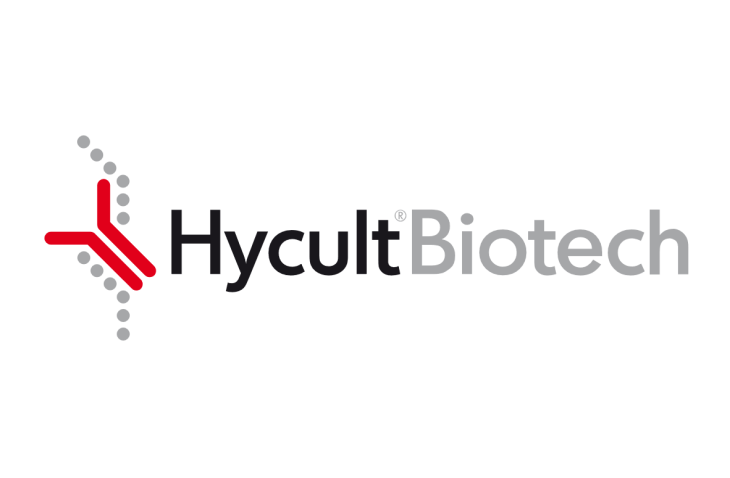-
Research area
- Biochemicals
- Blood and Biospecimens
- Cell biology
- Environmental
- Flow Cytometry
- Forensic Science
- Genomics
- Immunology
- Labware
- Microbiology
- Pathology
- Transplantation
429 Too Many Requests 429 Too Many Requests
nginx - Products
- Suppliers
- About us
- Resources
- Events
- Support
- Lab Services
- Promotions
Product description
Monoclonal antibody 10-11-37 recognizes Coagulation Factor XII (FXII, Hageman factor). FXII is a serine protease and plays a role in blood coagulation, fibrinolysis, kinin and complement systems. The protein is the zymogen of the serine protease factor XIIa (FXIIa). FXII is converted to FXIIa through autoactivation induced by contact to charged surfaces, also known as the plasma contact system. FXII is predominantly synthesized in the liver and is composed of fibronectin type I and II domains, two epidermal growth factor-like domains, a kringle region, a proline-rich domain and a catalytic domain. Its molecular weight is approximately 80kDa on SDS-PAGE gel electroforeses. The protein circulates in the plasma at a concentration of 30-35 μg/ml. FXII forms the plasma contact system together with high molecular weight kininogen and plasma kalikrein. FXII autoactivates when these three proteins form a complex on negatively charged nonphysiological surfaces, like inorganic surfaces (eg silicon tubes) or macromolecular organic surfaces (eg heparin) bound to the surface of different cell types, including endothelial cells, platelets and neutrophils. It can trigger blood coagulation and generation of proinflammatory bradykinin. After surface complexation, FXII autoactivates into FXIIa, also called factor XII fragment(XIIf). Once small amounts of kalikrein are formed a positive feedback loop is active leading to enhanced conversion into FXIIa. The activation leads to a series of active enzyme formation. FXIIa converts prekallikrein to kallikrein and kallikrein digests kinogen to liberate proinflammatory bradykinin. Bradykinin triggers inflammatory reactions via activating endothelial cells resulting in vasodilatation, increased vascular permeability and production of other mediators like nitric oxide. The contact system has the ability to activate the complement system via the classical pathway. Simultaneous activation of both systems may lead to pathological conditions, like hereditary angioedema in individuals with dysfunctional C1-inhibitor (C1-IHB). FXIIa can activate complement protein C1r and to a lesser degree C1s in absence of C1-IHB. This leads to unimpeded bradykinin formation resulting in angioedema. Other interactions with complement system are found on the level of gC1qR and MASP-1. The antibody is specific for the heavy chain of FXIIa.
Specifications
Applications
WB, ELISA
Isotype
Mouse IgG2a
Supplier
Hycult Biotech
Shipping & storage
Shipping condition
Room Temperature
Storage temperature
2-8°C
Do you have any questions about this product?
Order your product by email
Productname
Coagulation Factor XII, Human, mAb 10-11-37
HM2322-100UG
By filling out this form, you are placing an order by e-mail. You will receive an order confirmation within one working day. The order cannot be modified after receipt of the order confirmation.
Request a sample
Productname
Coagulation Factor XII, Human, mAb 10-11-37
HM2322-100UG
By filling out this form, you request a sample. You will receive an order confirmation within one working day. The order cannot be modified after receipt of the order confirmation.
Are you looking for specific products, alternatives or documentation?











